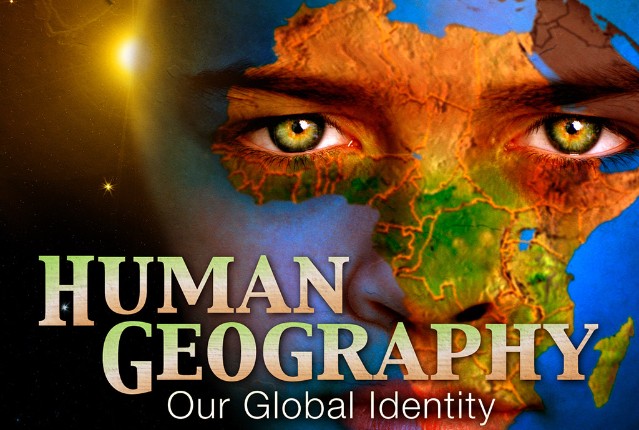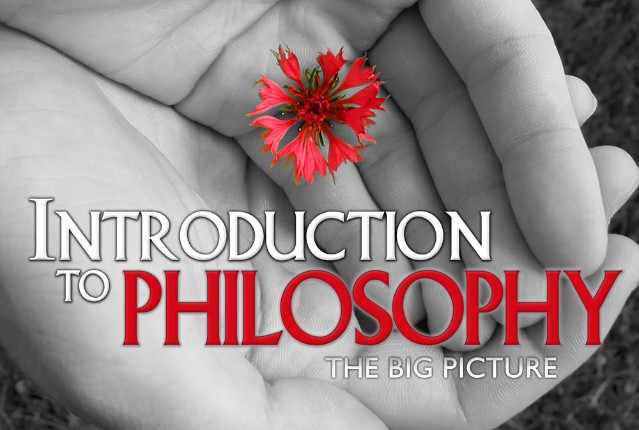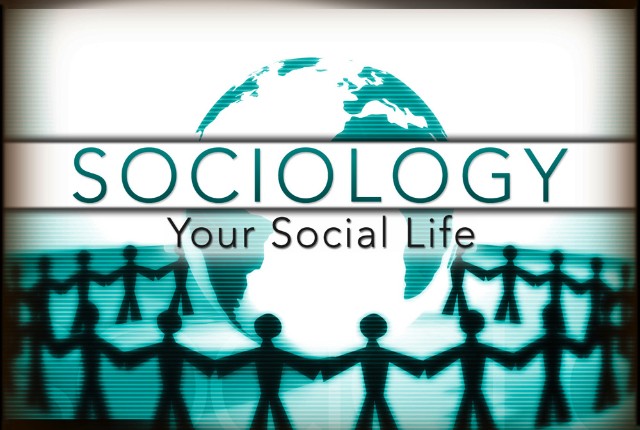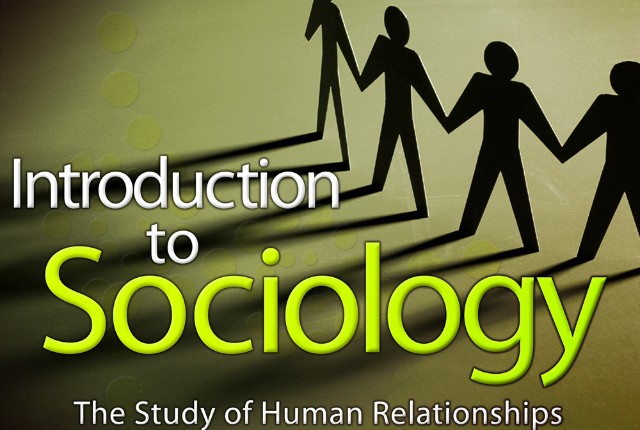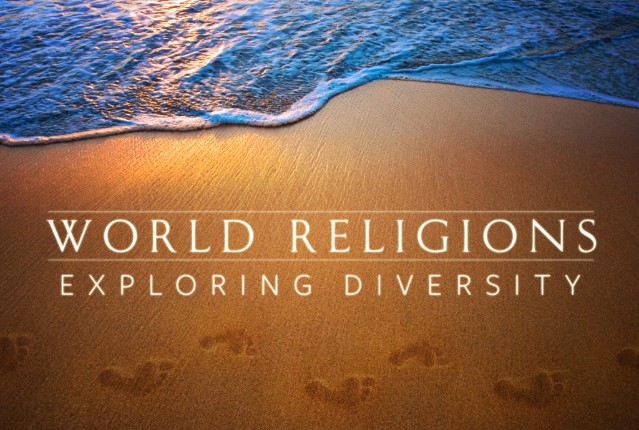
World Religions: Exploring Diversity
Throughout the ages, religions worldwide have shaped the political, social, and cultural aspects of societies. Explore the major religions that have played a role in human history, including Buddhism, Christianity, Confucianism, Hinduism, Islam, Judaism, Shintoism, and Taoism. Trace the major developments in these religions and examine their relationships with social institutions and culture, as well as the similarities and differences and connections and influences they have.
Review course outlineAccess for a year
USD 299.00*
* Choose more courses to get a discount
